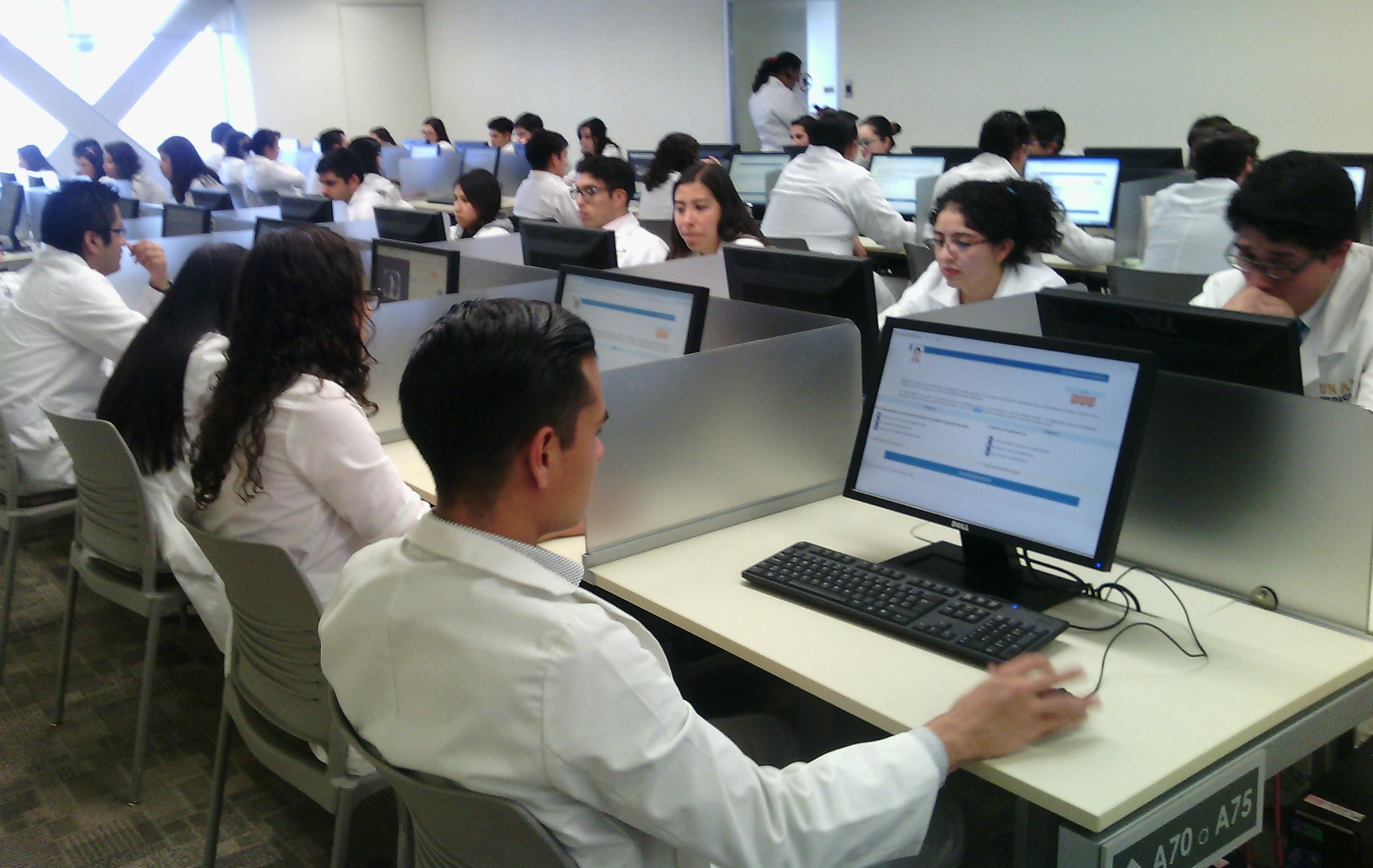Interest in science, technology, engineering, and mathematics (STEM) grows with higher levels of education
In a new report, the OECD (Organisation for Economic Co-operation and Development) reveals that the most popular areas of study are business, administration, and law; however, bachelors from fields related to science, technology, engineering, and mathematics are the ones with the highest employment rates.
The report Education at a Glance 2017 notes that in OECD countries, 23% of 25-64 year olds with higher education hold a degree in administrative or legal areas; 5% in natural sciences, statistics, and mathematics; 4% in information technology; and 17% in engineering, manufacturing, and construction.
“Interest in science, technology, engineering, and mathematics (STEM) grows with higher levels of education, with almost double the share of students graduating from these fields at doctoral level than at bachelor’s level in 2015. These fields are also favored among international tertiary students, with the highest share, almost one-third of those studying in OECD countries, doing so in a science-related field.”
As for the degree of studies, a greater number of people have high school or college education compared to data from 2000. However, 25% did not finish high school.
“This is a critical loss: the unemployment rate for young adults (25-34 year-olds) who failed to complete upper secondary education is close to 17%, compared to 9% for those who did.”
The advantages of having a college degree are: earning an average of 56% more than adults who only completed upper secondary education, finding work more easily after a recession, and a lower chance of suffering from depression.
“For these reasons, young adults are increasingly inclined to pursue education that will enhance their qualifications than to enter the labor market directly at the end of compulsory education. Between 2000 and 2016, the share of 20-24 year-olds still in education increased by 10 percentage points compared to a 9 percentage point decrease of those in employment.”
Although public expenditure on primary to college education has increased significantly in OECD countries, investment did not keep up with GDP growth, so public spending declined by 2% as a percentage of GDP from 2010 to 2014 .
The report warns that teachers’ salaries are lagging behind, the teaching population is getting older, and the profession is less attractive to young people.
“On average across OECD countries, 33% of primary to secondary teachers were at least 50 years old in 2015 (…). Teachers’ salaries are low compared to other similarly educated full-time workers. This is a key obstacle for attracting young people into teaching.”
Go to this site to read the full report.
This article from Observatory of the Institute for the Future of Education may be shared under the terms of the license CC BY-NC-SA 4.0 
)
)


)